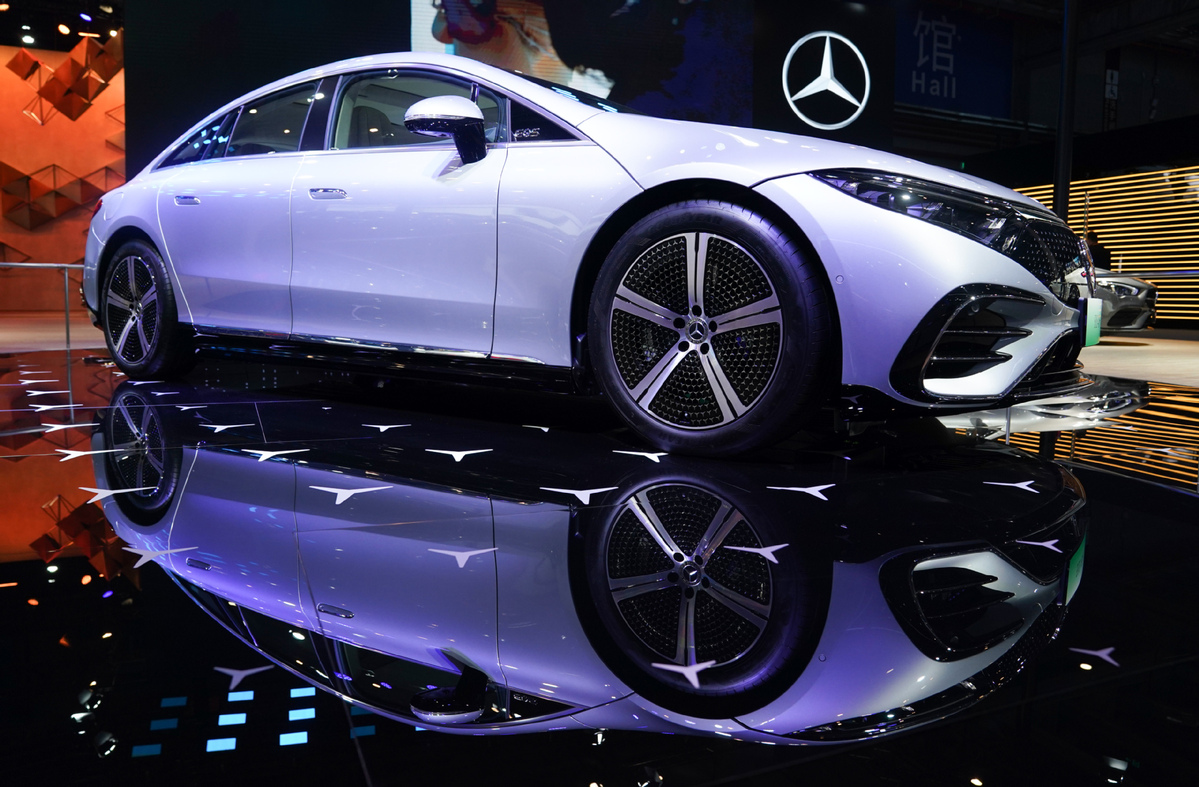Ola Electric has launched the S1 scooter in India at an introductory price of Rs 99,999. The Ola S1 is the base variant of the company’s S1 electric scooter range, and, as expected, gets a smaller battery and fewer features in comparison to the top-spec Ola S1 Pro. Starting with the battery, the Ola S1 has a 3kWh… Continue reading Ola Electric launches S1 scooter at Rs 99,999
Tag: Recalls
@niche: KTM ONE-TWO FOR TRYSTAN HART AND MANUEL LETTENBICHLER AT RED BULL TKO002086
Dear Sir/Madam, Welcome to our Press Center. May we express our pleasure at the fact that you have chosen to use the pool of information regarding our company and its products and services. This information and content is made available by KTM Sportmotorcycle GmbH, Betriebsgebiet Süd, Stallhofner Straße 3, A-5230 Mattighofen, Austria, and we are… Continue reading @niche: KTM ONE-TWO FOR TRYSTAN HART AND MANUEL LETTENBICHLER AT RED BULL TKO002086
@niche: Vialle wins Grand Prix of Finland and narrows MX2 title chase002085
Dear Sir/Madam, Welcome to our Press Center. May we express our pleasure at the fact that you have chosen to use the pool of information regarding our company and its products and services. This information and content is made available by KTM Sportmotorcycle GmbH, Betriebsgebiet Süd, Stallhofner Straße 3, A-5230 Mattighofen, Austria, and we are… Continue reading @niche: Vialle wins Grand Prix of Finland and narrows MX2 title chase002085
‘I think India has lost a lot of time’
It is an overcast Thursday afternoon in Gurugram but the mood livens up when DK Jain enters the Lumax corporate office. The Chairman Emeritus who has been part of this auto component maker’s growth story for over six decades now is in a mood to go down memory lane and recall his early days as… Continue reading ‘I think India has lost a lot of time’
Mercedes-Benz to recall over 10,000 imported cars in China
A Mercedes-Benz car is seen at the 4th China International Import Expo in Shanghai on Nov 5, 2021. [Photo/Xinhua] BEIJING – Mercedes-Benz (China) Automotive Sales Co has initiated a recall of over 10,000 imported cars from the Chinese market over safety concerns, said the country’s top quality watchdog. The recall, filed by the company to… Continue reading Mercedes-Benz to recall over 10,000 imported cars in China
India at 75: When Padmini ruled the roost
Mumbai’s taxi drivers still swear by the brand even though it is a rarity on the roads. The Premier Padmini is today only a fond memory of an era gone by. Memories come flooding back when you see it in old Hindi films that are telecast on television from time to time. The Padmini may… Continue reading India at 75: When Padmini ruled the roost
India at 75: How Santro created the magic for Hyundai
It was the Santro that paved the way for Hyundai’s remarkable success story in India. When it debuted in 1998, people were taken aback by its radical Tall Boy looks because this was unlike anything that they had seen in the past. Yet, they admitted that it was different and that by itself was a… Continue reading India at 75: How Santro created the magic for Hyundai
Particle Physicists Puzzle Over a New Duality
Once found, these inscrutable rules have helped particle physicists calculate scattering amplitudes at much higher levels of precision than they could achieve with the traditional approach. The restructuring also allowed Dixon and his collaborators to spot the hidden connection between the two seemingly unrelated scattering amplitudes. Antipode Map At the heart of the duality is… Continue reading Particle Physicists Puzzle Over a New Duality
India at 75: StaIwarts who paved the way for India’s auto sector
In the beginning was the Licence Raj. When independent India adopted the Soviet-inspired model of socialism, it placed its bets on planning to allocate resources such as scarce foreign exchange. The government did not believe in being dependent on the outside world, and import substitution was encouraged. Business would have to make products with basically… Continue reading India at 75: StaIwarts who paved the way for India’s auto sector
@niche: PLESSINGER CLAIMS FOURTH OVERALL AT UNADILLA NATIONAL002084
Dear Sir/Madam, Welcome to our Press Center. May we express our pleasure at the fact that you have chosen to use the pool of information regarding our company and its products and services. This information and content is made available by KTM Sportmotorcycle GmbH, Betriebsgebiet Süd, Stallhofner Straße 3, A-5230 Mattighofen, Austria, and we are… Continue reading @niche: PLESSINGER CLAIMS FOURTH OVERALL AT UNADILLA NATIONAL002084
